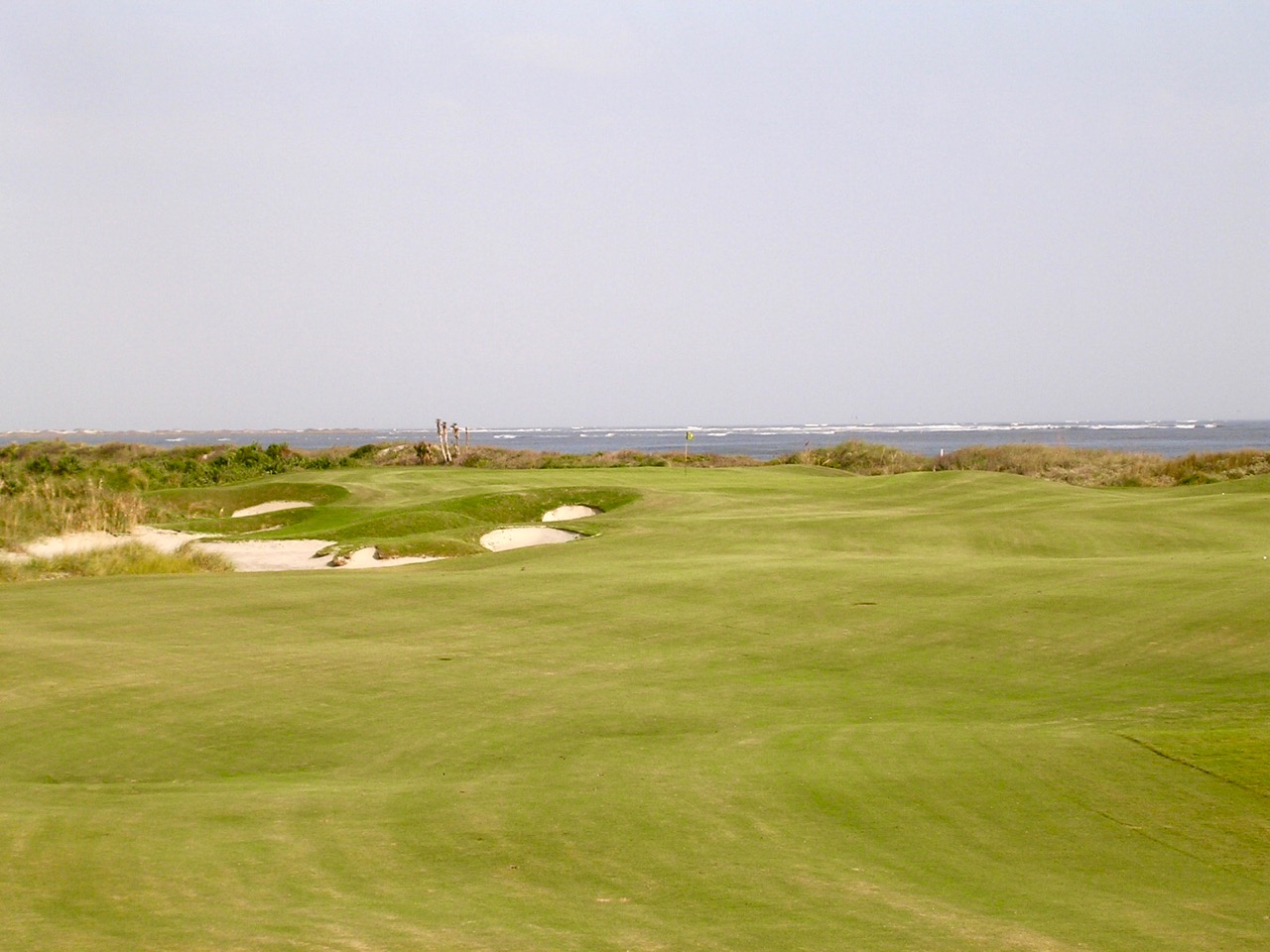The Synchronicity of the Ocean Course at Kiawah Island
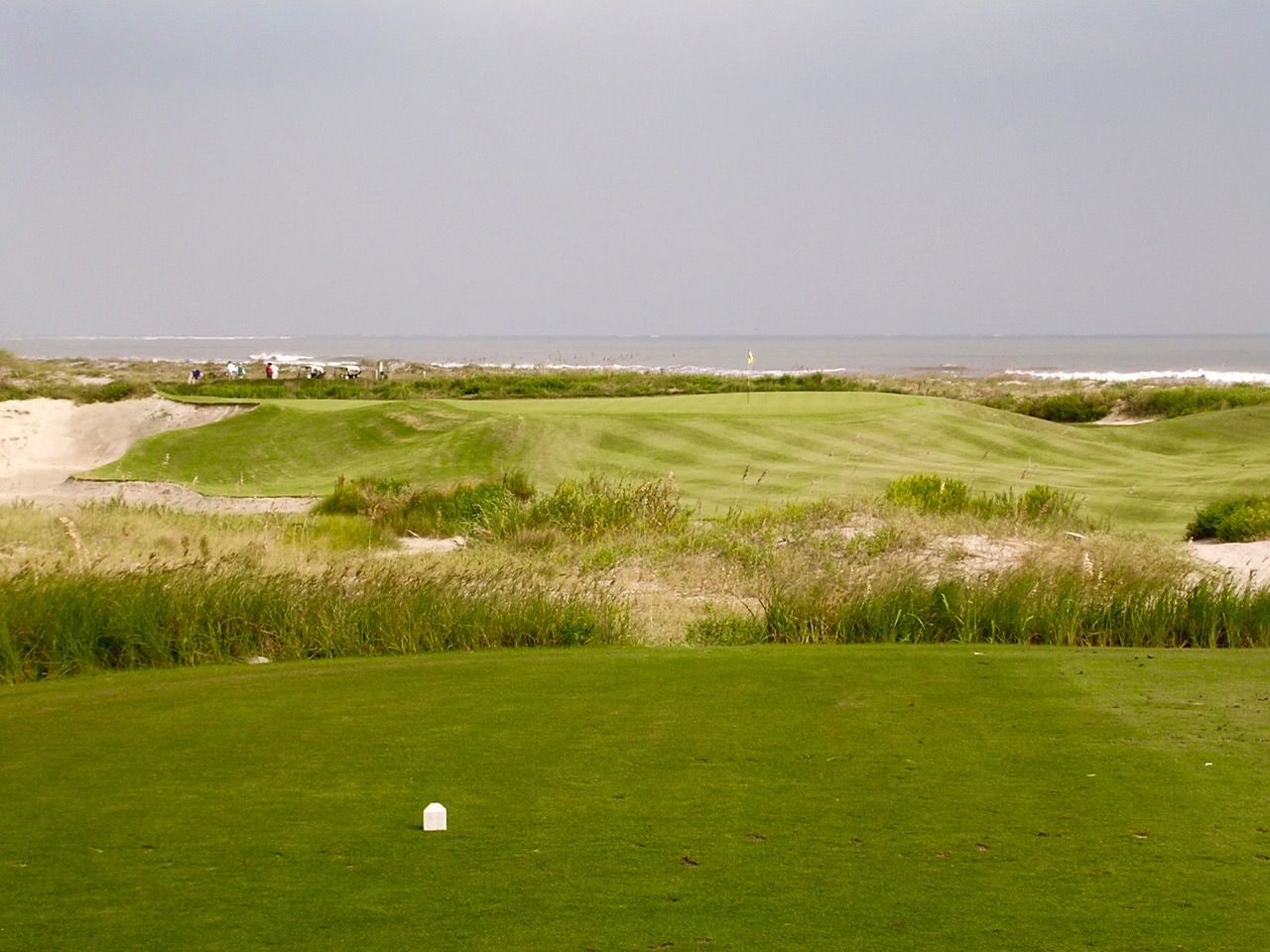
One of my favorite stories of Pete Dye involves the construction of the Ocean Course in 1989. Hurricane Hugo had just come aground at Kiawah Island and Charleston, upturning everything he’d built to that point. With the site razed and most of the coast evacuated, Dye ventured out alone and began reshaping the course, pushing up dunes and moving the holes out to the shapes and locations he’d originally wanted but hadn’t been allowed to build because of permitting issues or some other nattering nuisance.
I’m not sure how true it is — I asked him about it once and he deftly turned onto a different topic — but it isn’t hard to imagine him taking matters into his own hands when the opportunity presented itself. One way or another he got the course he wanted.
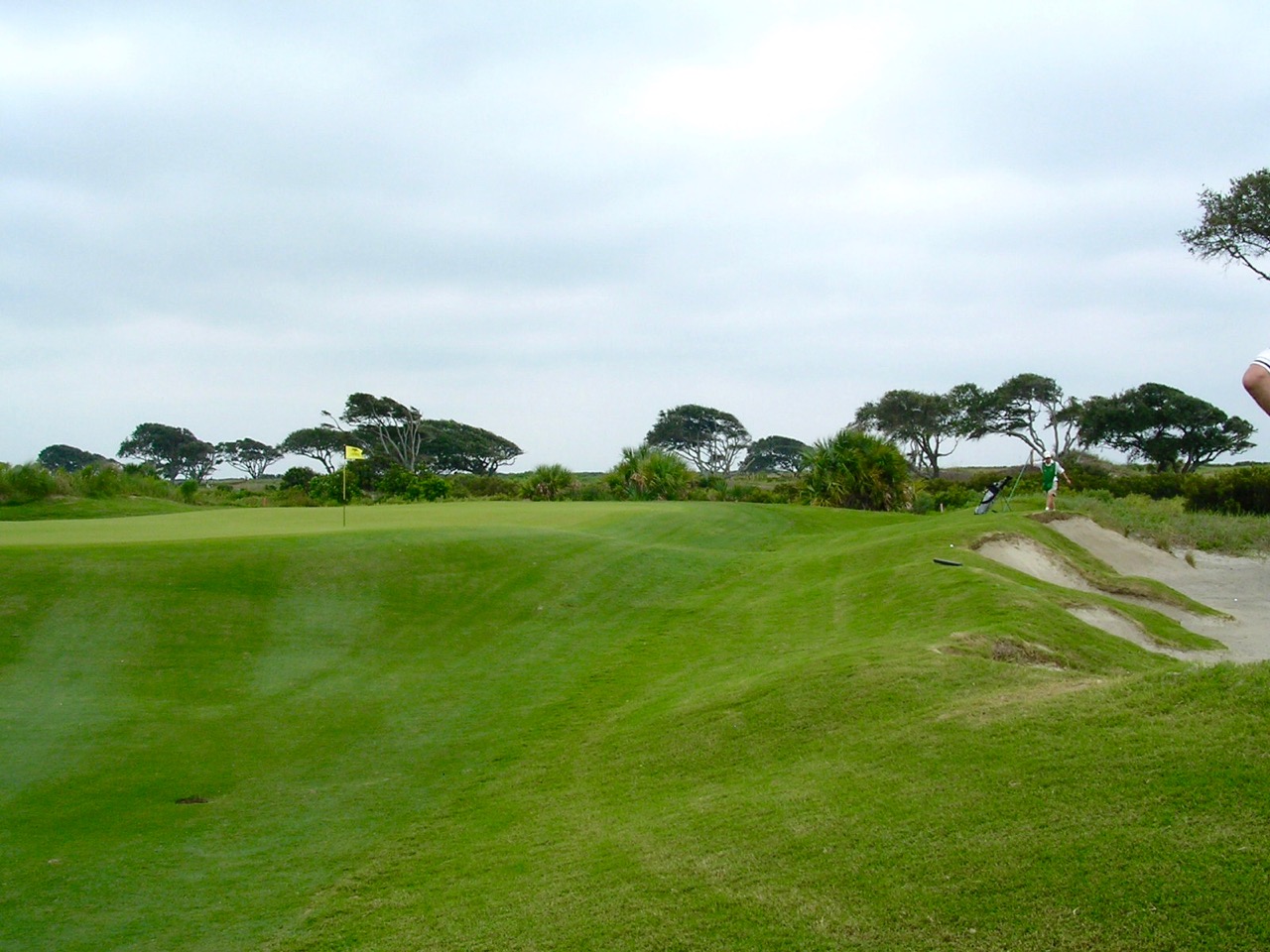
To me the Ocean Course rates among the greatest created landscapes in golf, a nearly perfect man-made inspiration that matches golf to the surrounding environment. It looks windswept and evolved but Dye has calibrated every part of the finished product.
He did essentially the same thing a few years later at Whistling Straits along the shore of Lake Michigan, but with more mixed results, and his touch here seems more organic and synched. Believe me, I don’t miss the irony in saying that because those aren’t words typically used when Dye begins to endeavor upon a land.
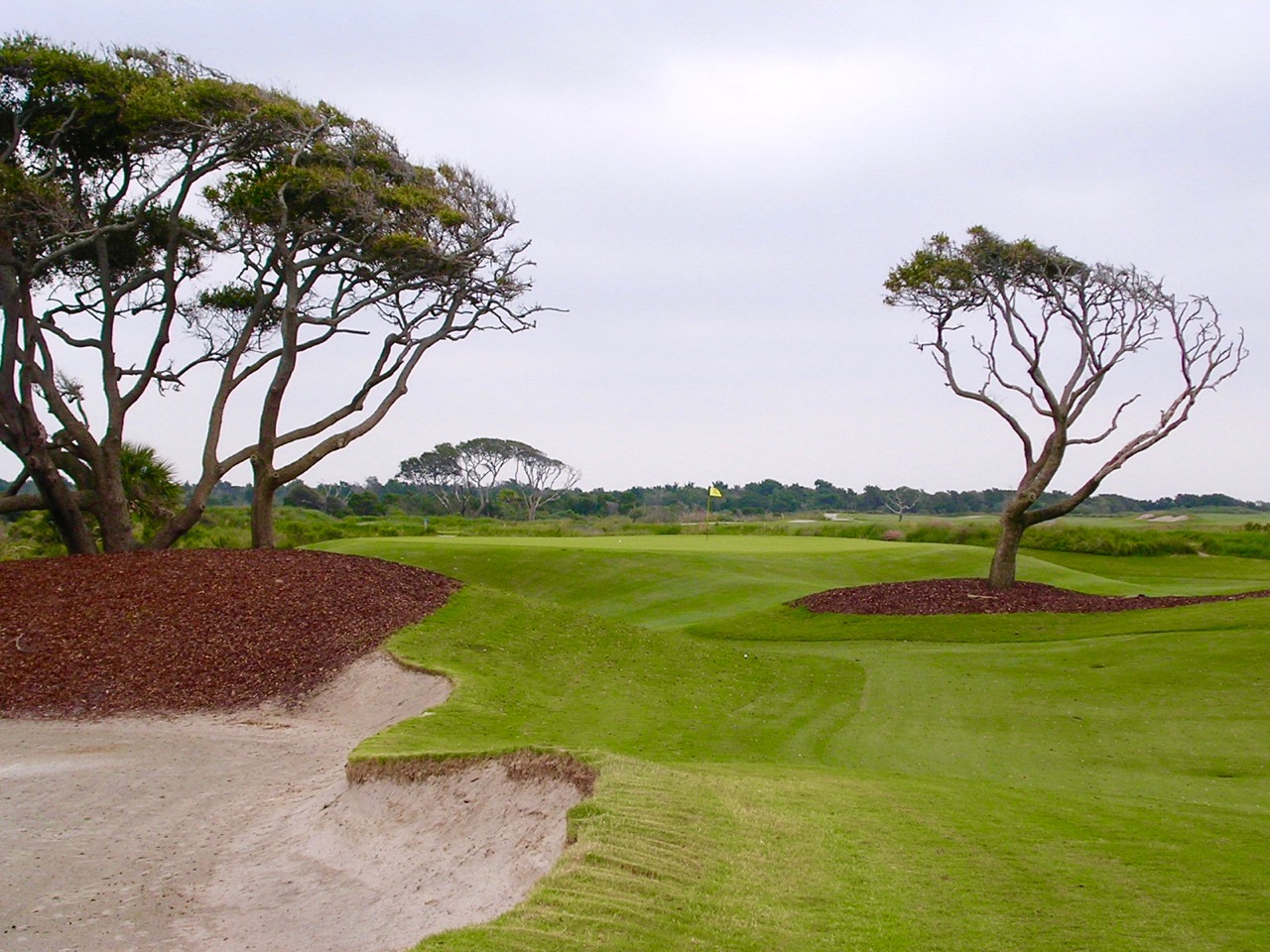
The first nine is set well away from the ocean behind the dunes line and plays out and around a marshy region. Driving the ball on this nine is great fun, especially at the 2nd, 3rd and 4th holes where you can cut over the wetlands on increasingly bold lines, and again at the par-5 7th where you can try to fly a flashed waste bunker to get a shorter shot into the green. Trying to hold your approach to the 3rd’s small Knoll green is one of the most nervous shots in southeastern golf because because you know that missing it can easily lead to two or three more attempts from beneath the putting surface.
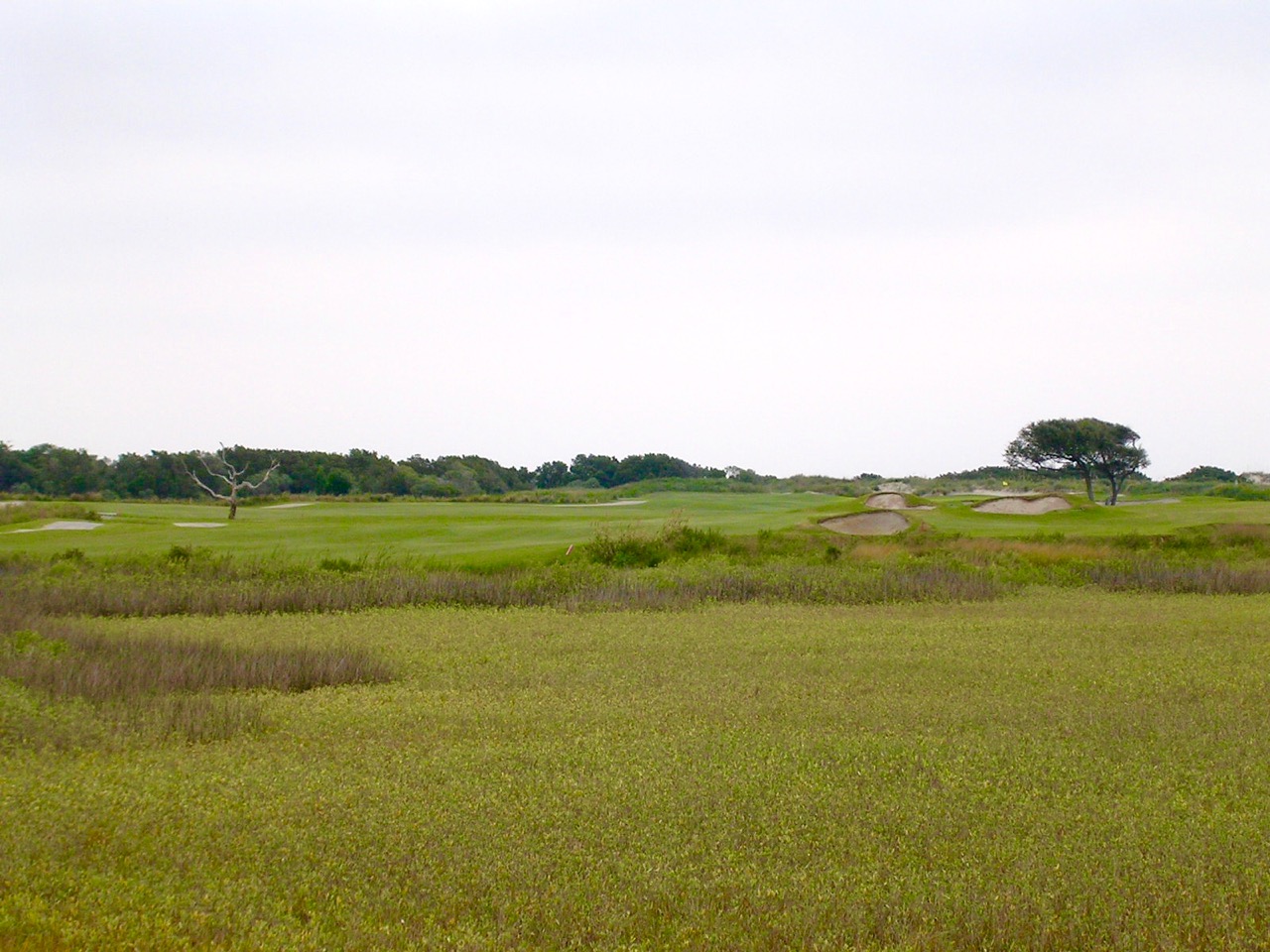
The second nine goes out and back parallel to the beach with much more of a wind-struck oceanic influence even though 10 through 13 sit along a canal behind one of those high constructed sand ridges.
The final run from 14 on in is one of the greatest stretches of coastal golf in the United States. The movements of individual holes like 15 and 16 — bending one way around a field bunker, then the opposite way around various other fronting bunkers — are fairly standard Dye maneuvers but take on entirely new contexts weaving through the low coastal dunes, sunken areas and the brisk sea breezes.
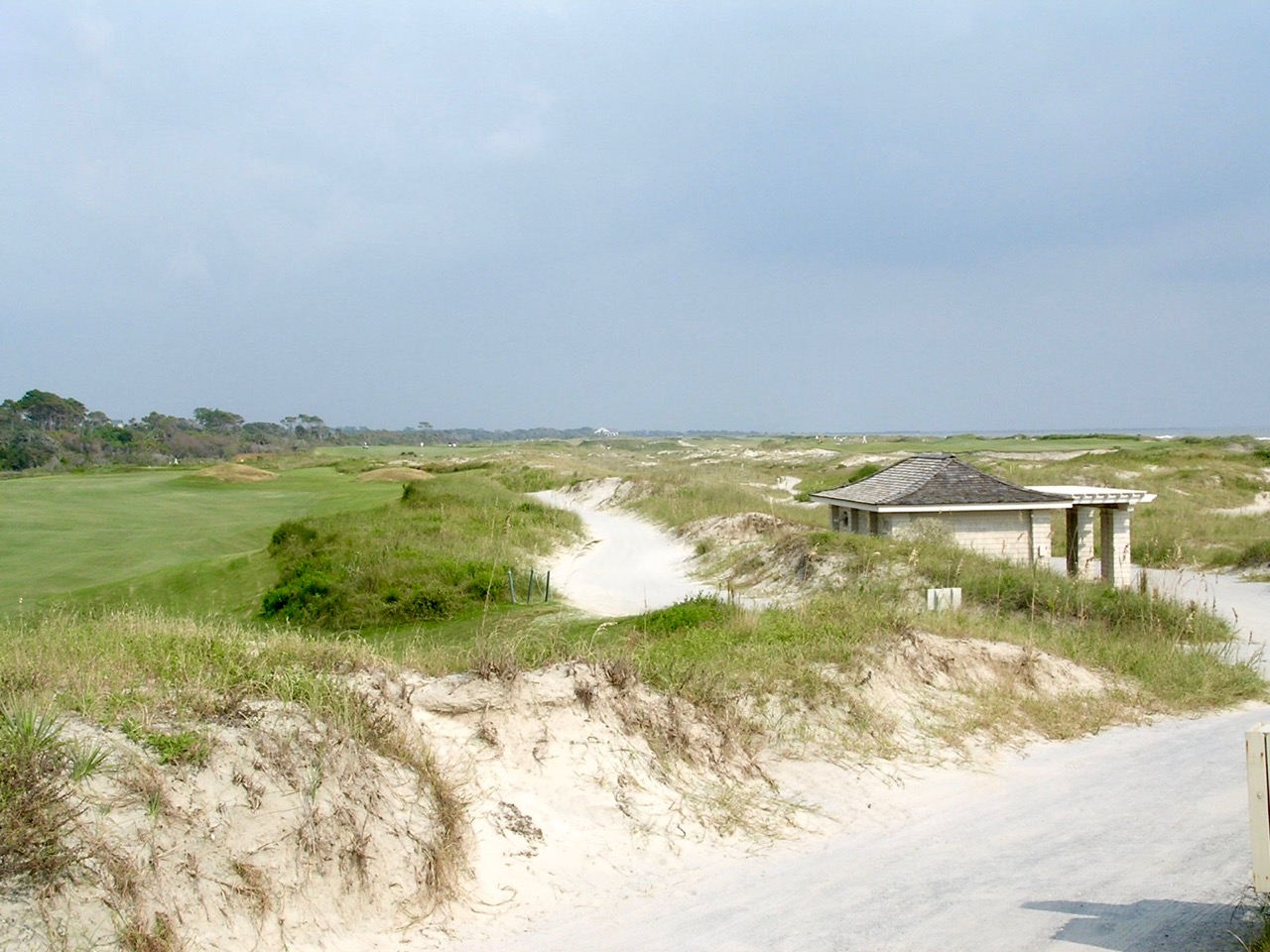
The only miss, and it misses badly (and this is not an original observation), is the par-3 17th set over a lake in a manufactured amphitheater. While great for tournament drama, as it was during the 1991 Ryder Cup and 2012 PGA Championship, it has no business being here along the shores of the Atlantic Ocean. Thankfully the wonderful, curling 18th, green turned back against the ocean dunes, is a rousing comeback.
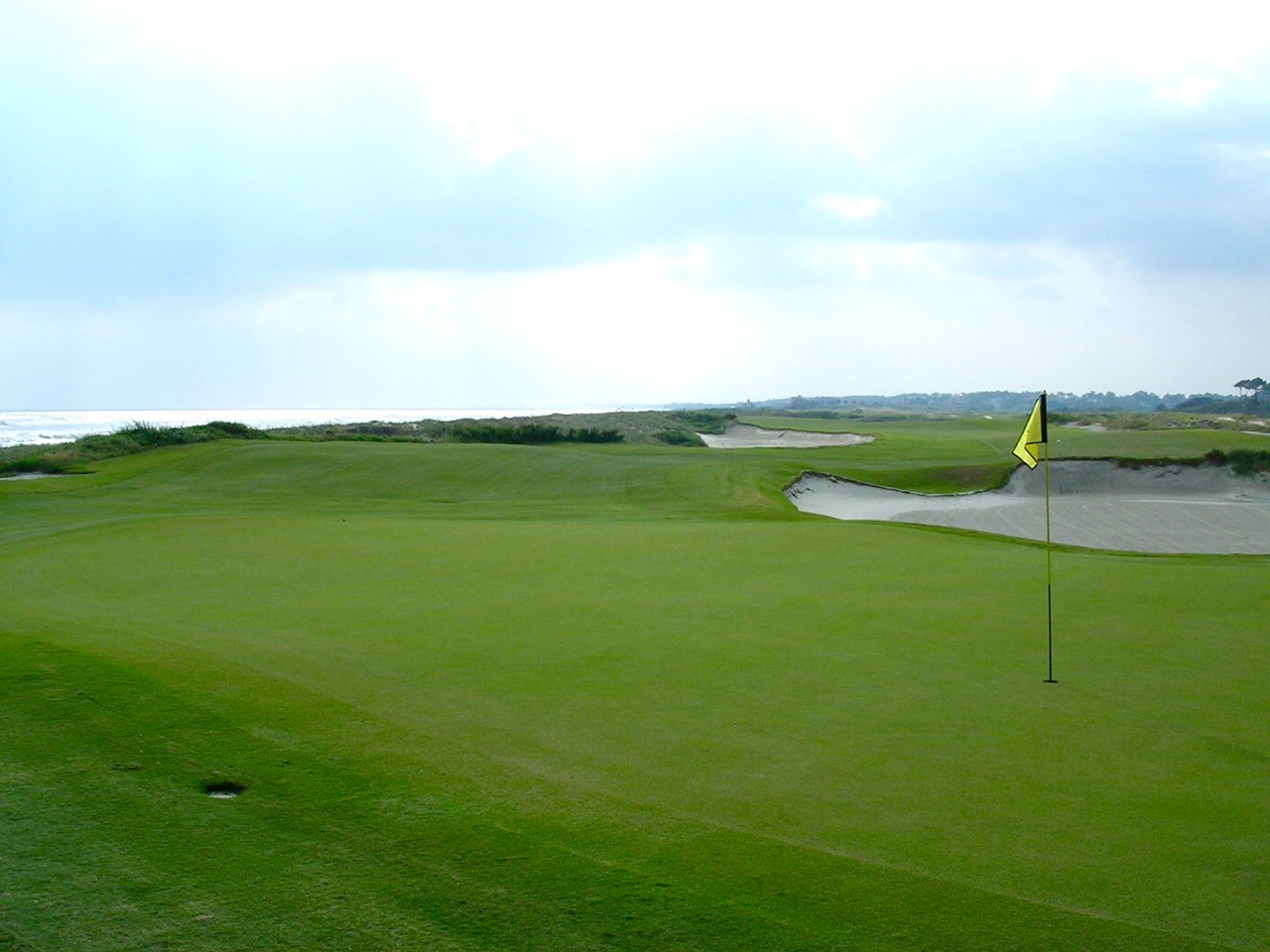
Rating this course is difficult. This is one of Dye’s visual masterpieces, but the authentic, sublime environment might have as much do with its appeal as the individual holes do. The design is no doubt mesmerizing, but are the holes unique or original enough to be classified among the world’s very best? Or are they just outstanding Dye holes in a one-of-a-kind setting? Hmm. (95)
The Ocean Course at Kiawah Island
Kiawah Island/Charleston
Architect: Pete Dye
Year: 1990
